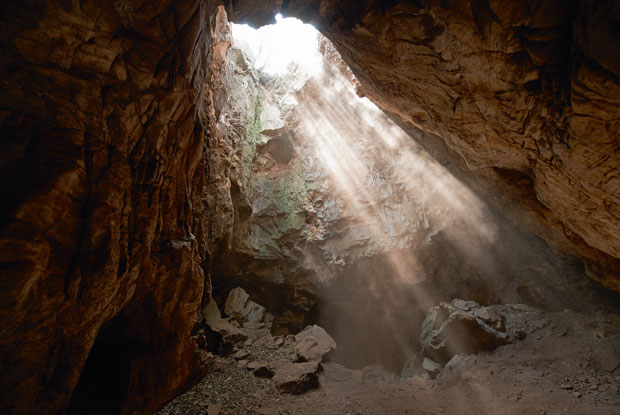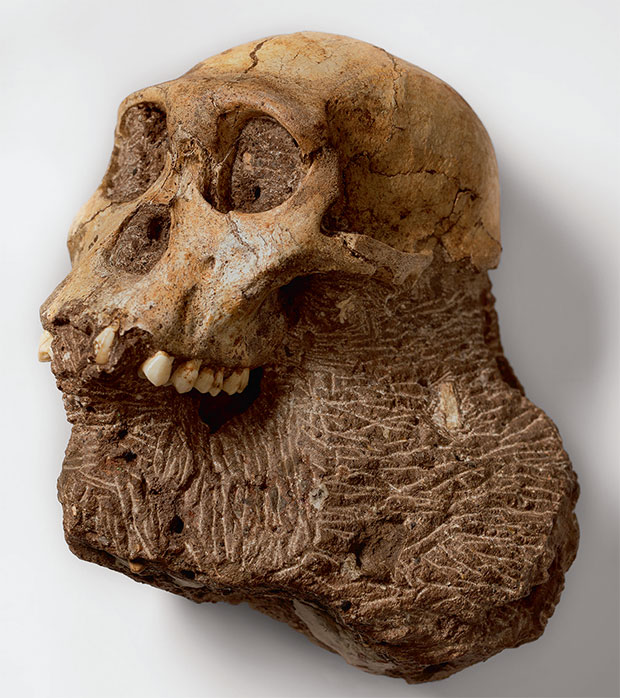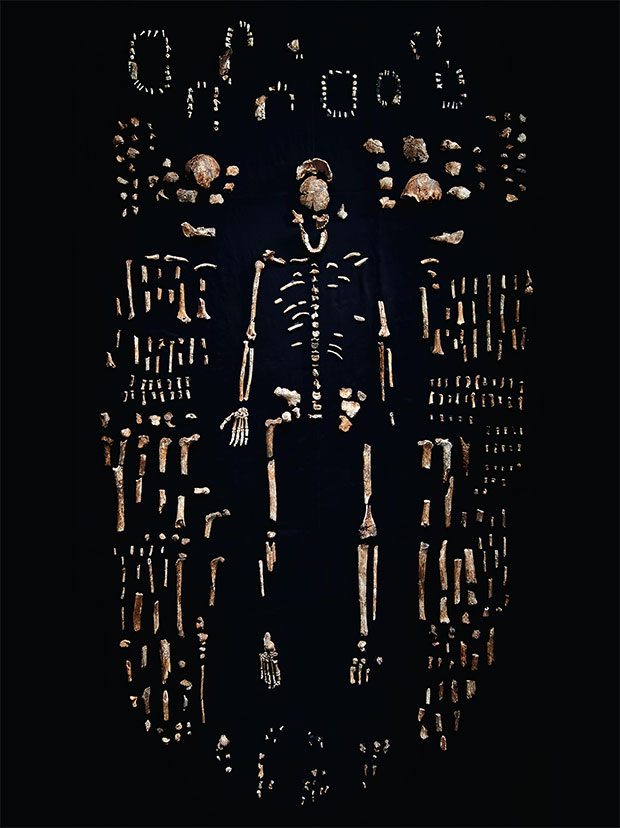
The tiny hole that shed light on all of us
Our new book Evolution looks at the team of 'underground astronauts' who added weight to Darwin’s theory
Scientific discovery often requires a field trip or two. Though would you crawl through a hole in the ground no wider than a seven-inch record (yes, you read that right), into a prehistoric burial cave, filled with ancient humanoid remains, all in the name of furthering human knowledge?
Three years ago a band of hardy South Africans did, and the spoils from their discovery can be seen in our new book Evolution: A Visual Record by the acclaimed photographer Robert Clark.

In the chapter Human Origins, we see a particularly arresting example of how new discoveries continue to provide us with fresh links in the evolutionary chain. In 2013, a hidden chamber was discovered in the Rising Star Cave, part of an ancient World Heritage site in South Africa. This was found to contain over 1500 bones of Homo naledi, a previously unknown fossil hominid which existed between one and two million years ago.
The chamber was only accessible via a seven-inch-wide “chimney”. The scientists sent down to the chamber for the Rising Star Expedition – dubbed the “Underground Astronauts” - were selected for their slim builds as much as their anthropological knowledge.

Clark furnishes us with an image of just some of the fossil bones discovered at the Rising Star Cave, but enough to form the most of a skeleton, with arms, ribs, hands and feet adding up what is all but certain proof of the human ancestor Homo naledi.
These early humanoid remains lend weight to Darwin’s theory of evolution by natural selection, even if the means by which the bones ended up in the cave appear to be far from natural.
“No other fossils of ancient mammals are found at the site, nor are there any signs that the remains were carried into the cave by water,” explains the book. “In fact, many of the small bones are still roughly in their natural positions on the body. One theory is that Homo naledi practiced some form of funerary behavior, and the individuals were brought to the cave either soon before or just after death.”
And those hidden away deaths have subsequently shed light on life on earth.

For more beautiful insight into the natural world, order a copy of Evolution: A Visual Record here.